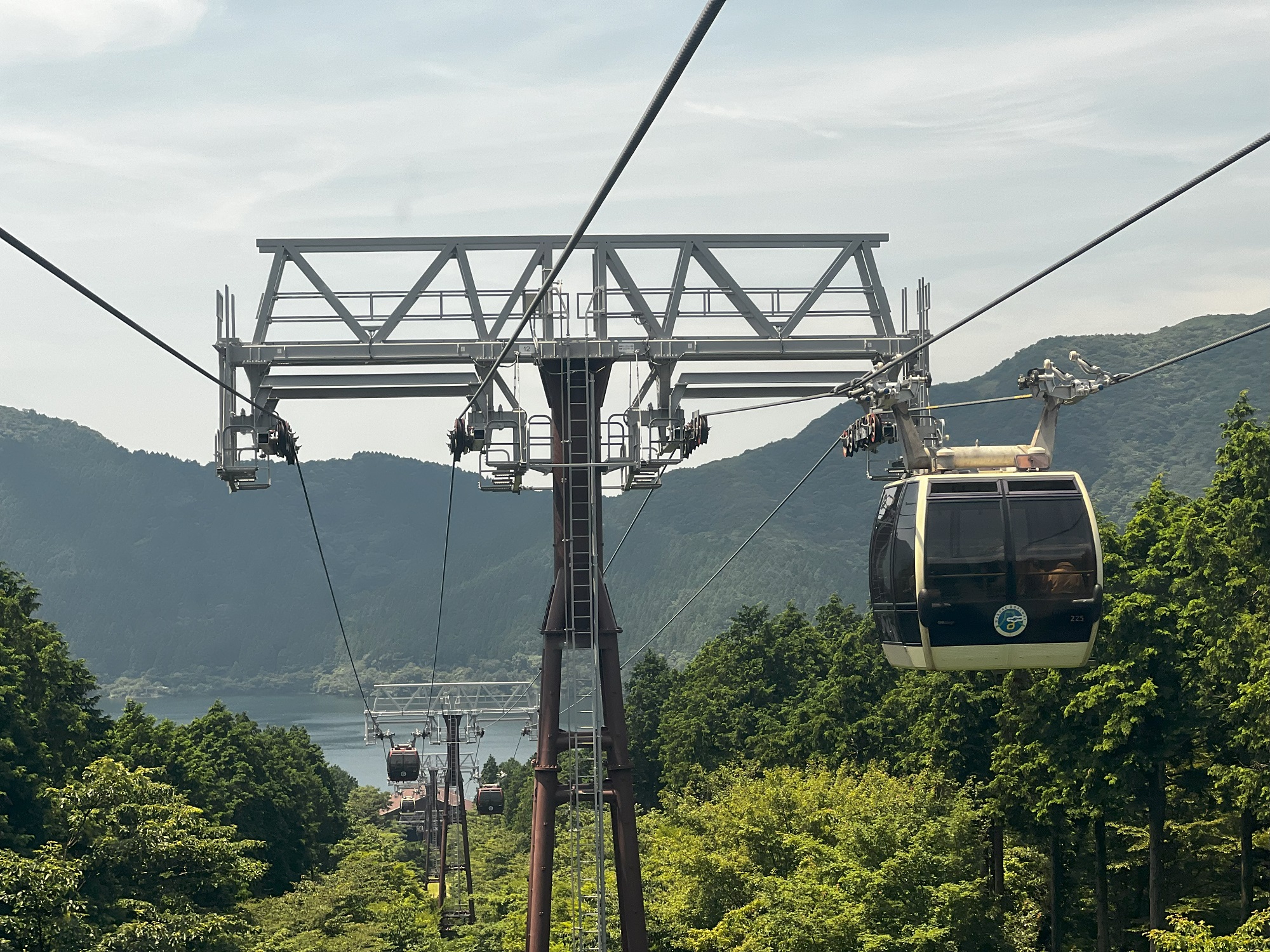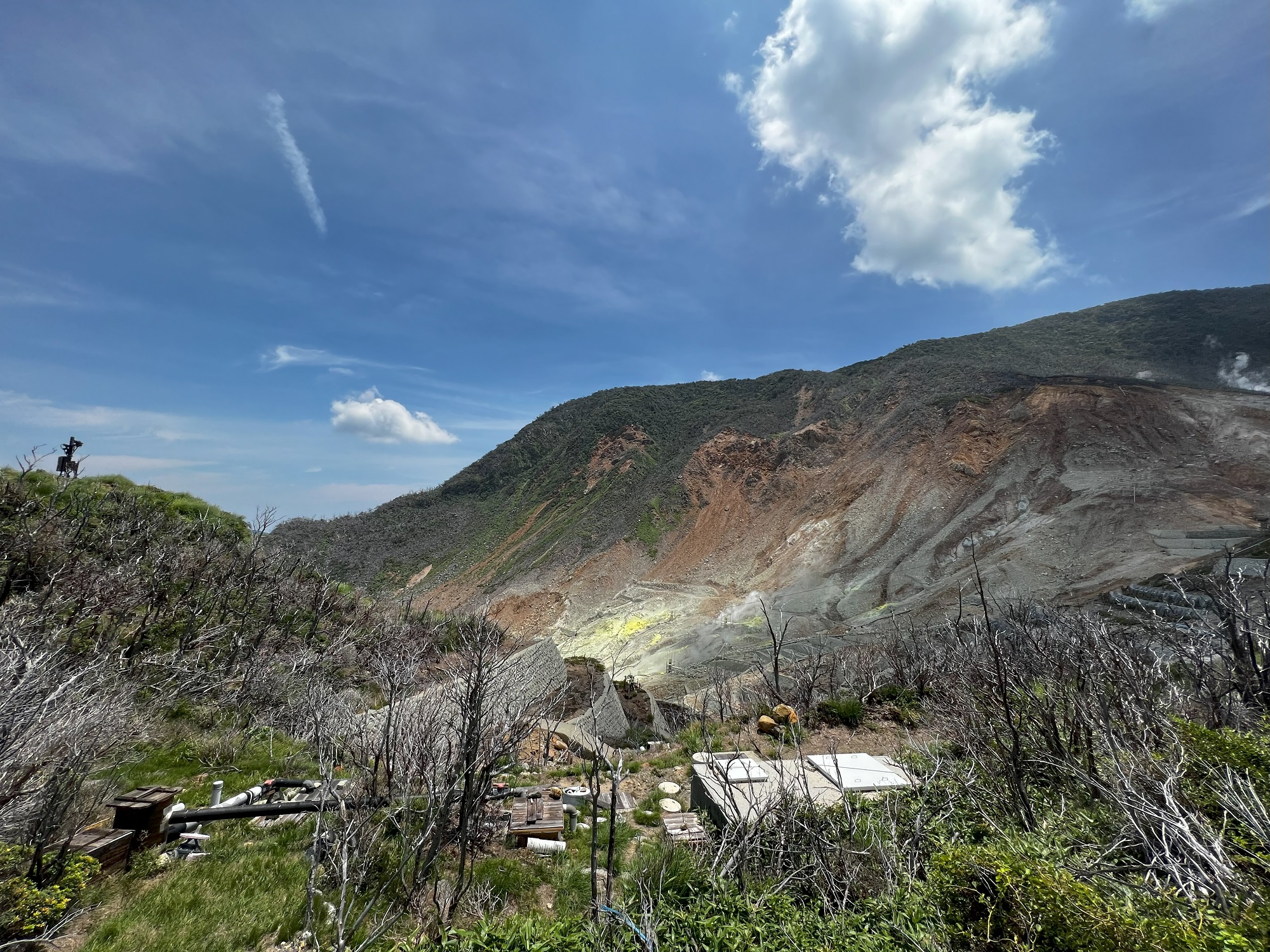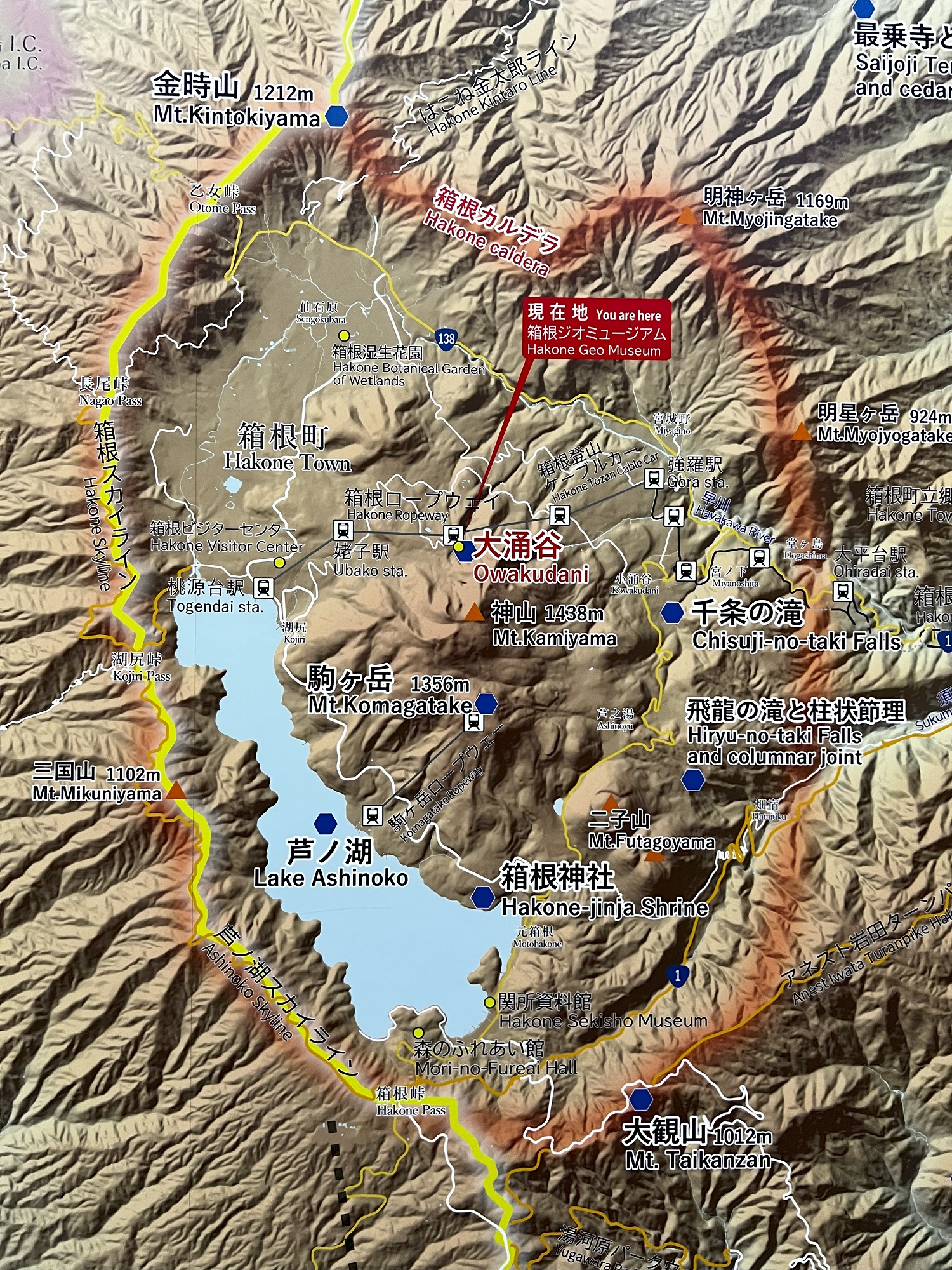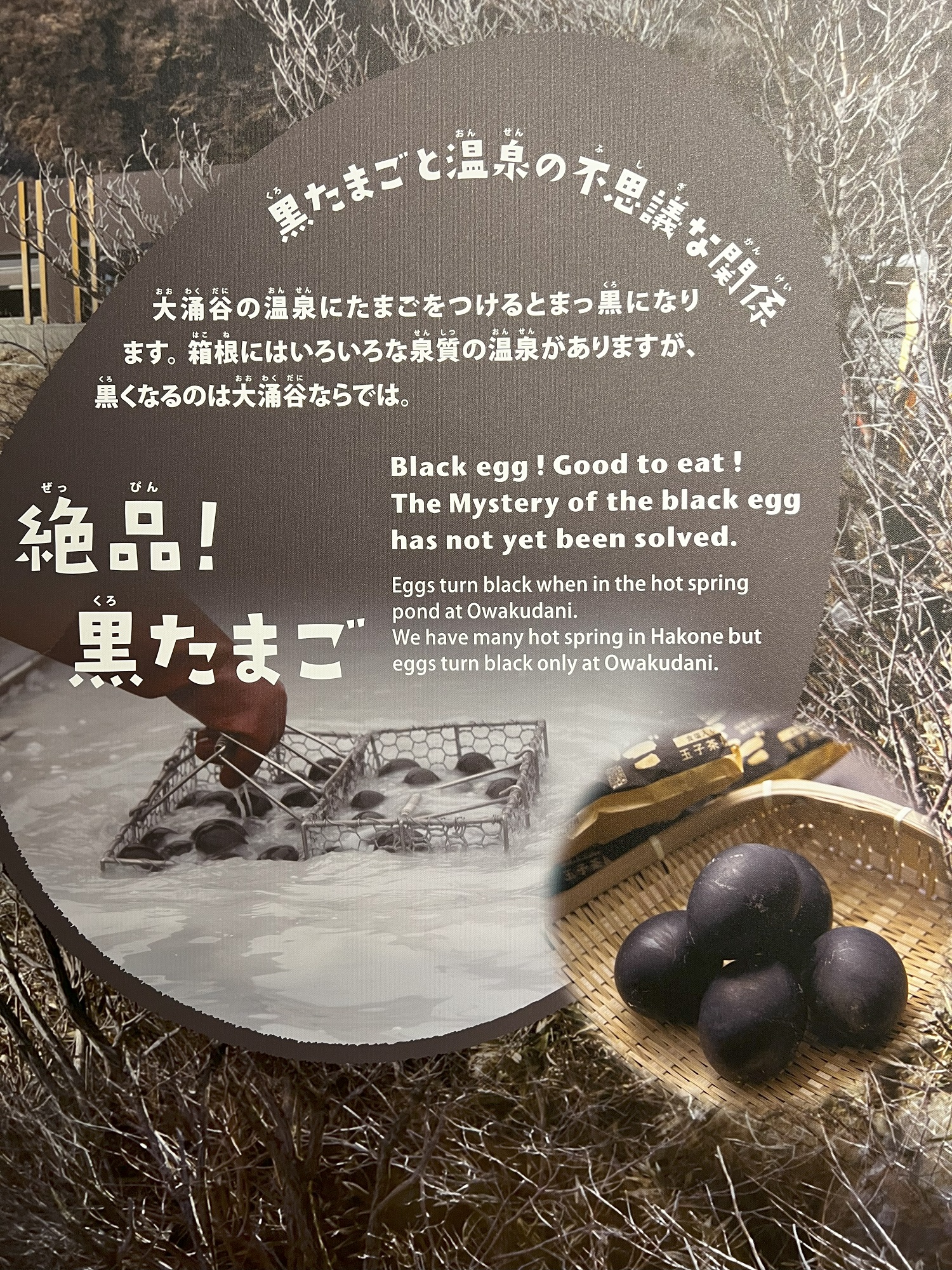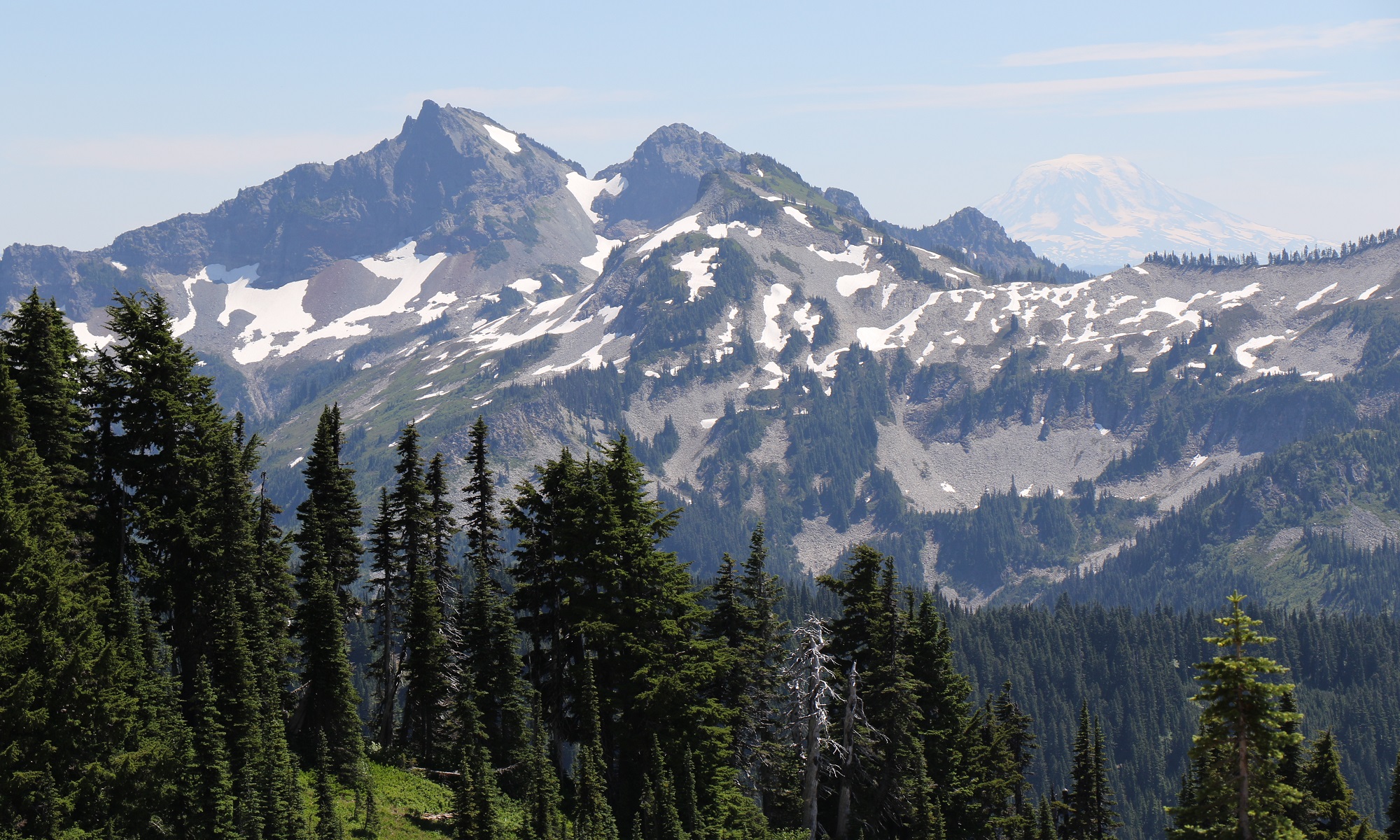Here are pictures of our round trip bus tour to Mount Hakone and Lake Ashi in Kanagawa prefecture.
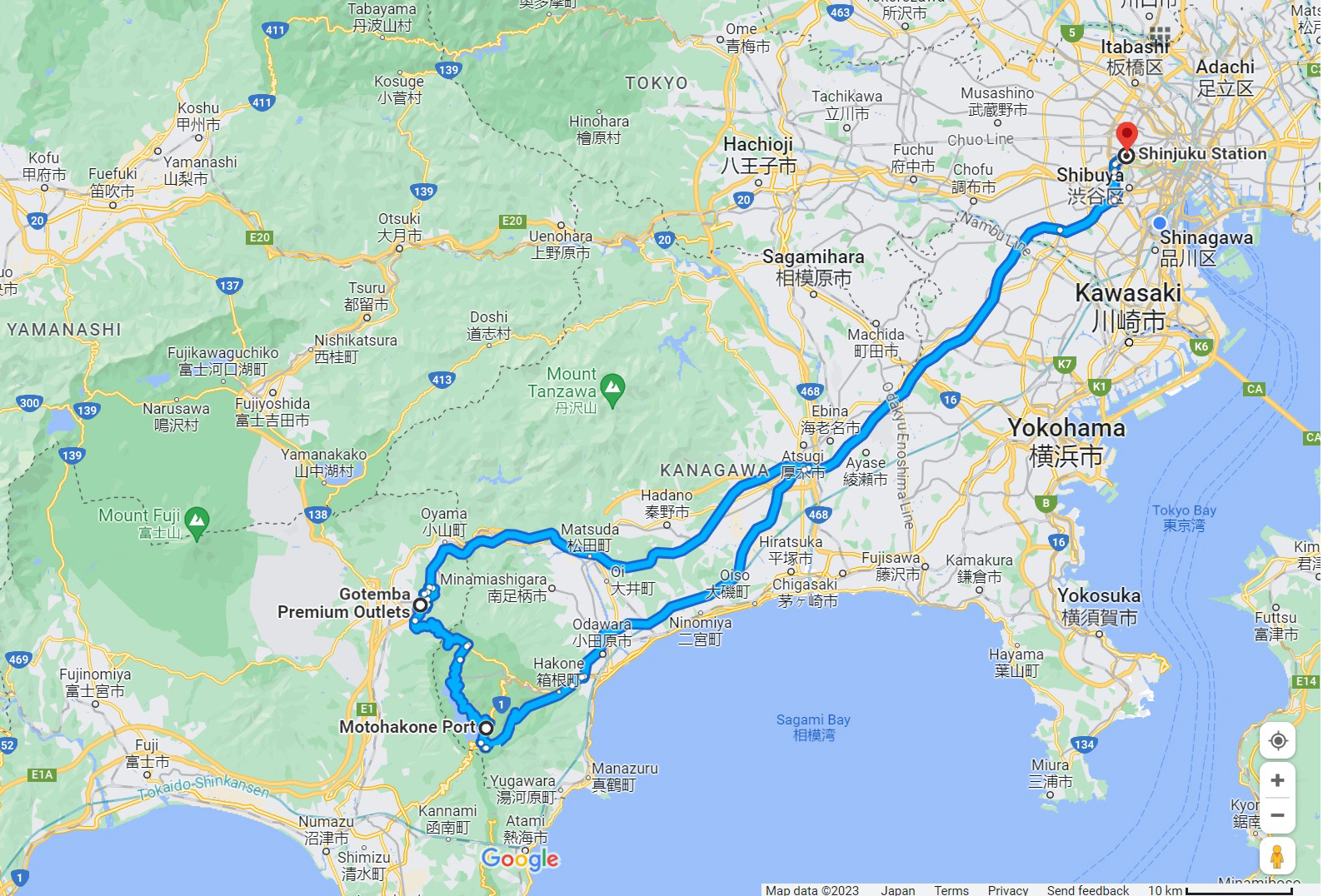
The bus ride to Motohakone Port at the edge of Ashinoko Lake (called ‘Lake Ashi’ for tourists) was about 2 hours.
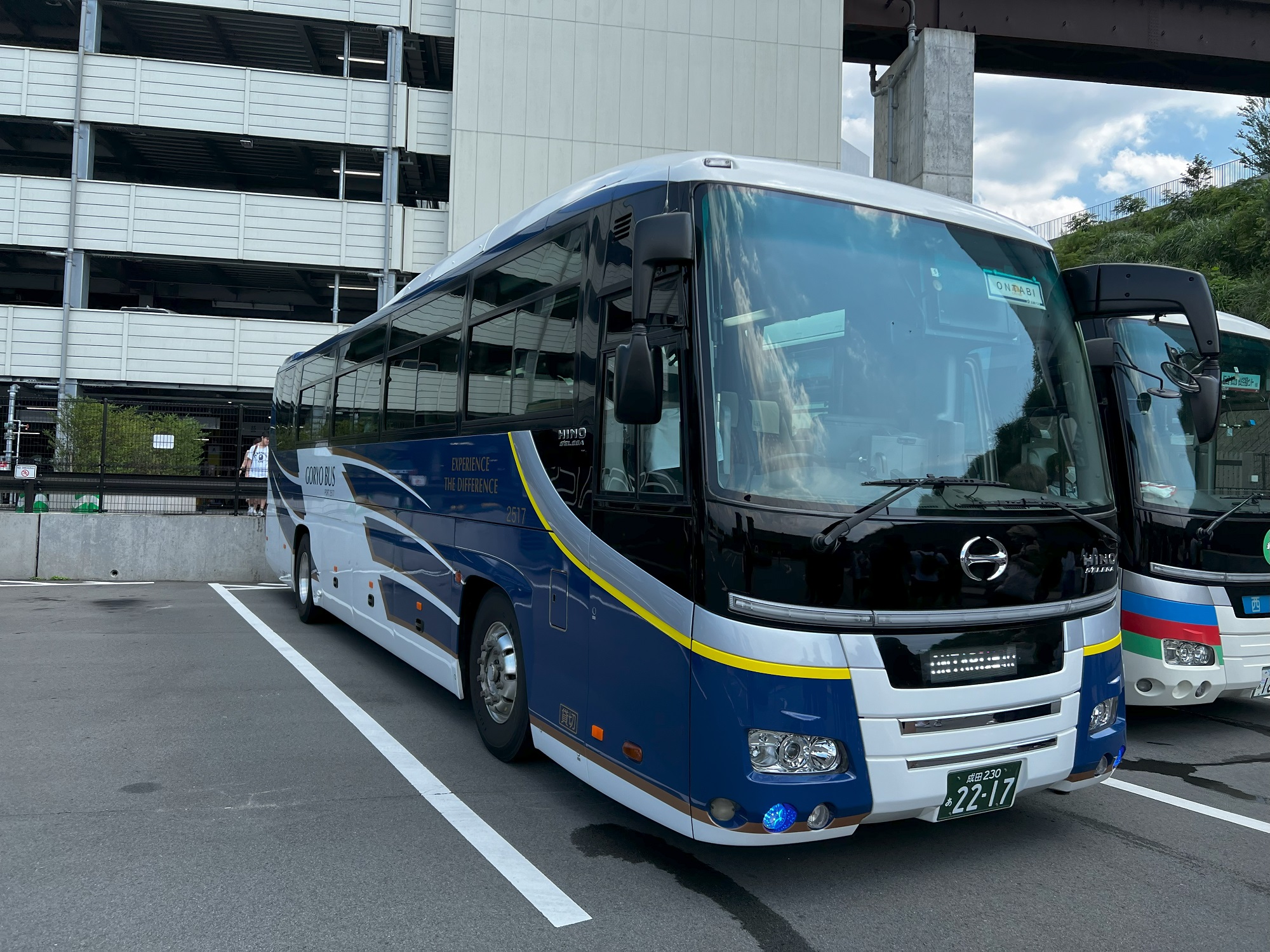
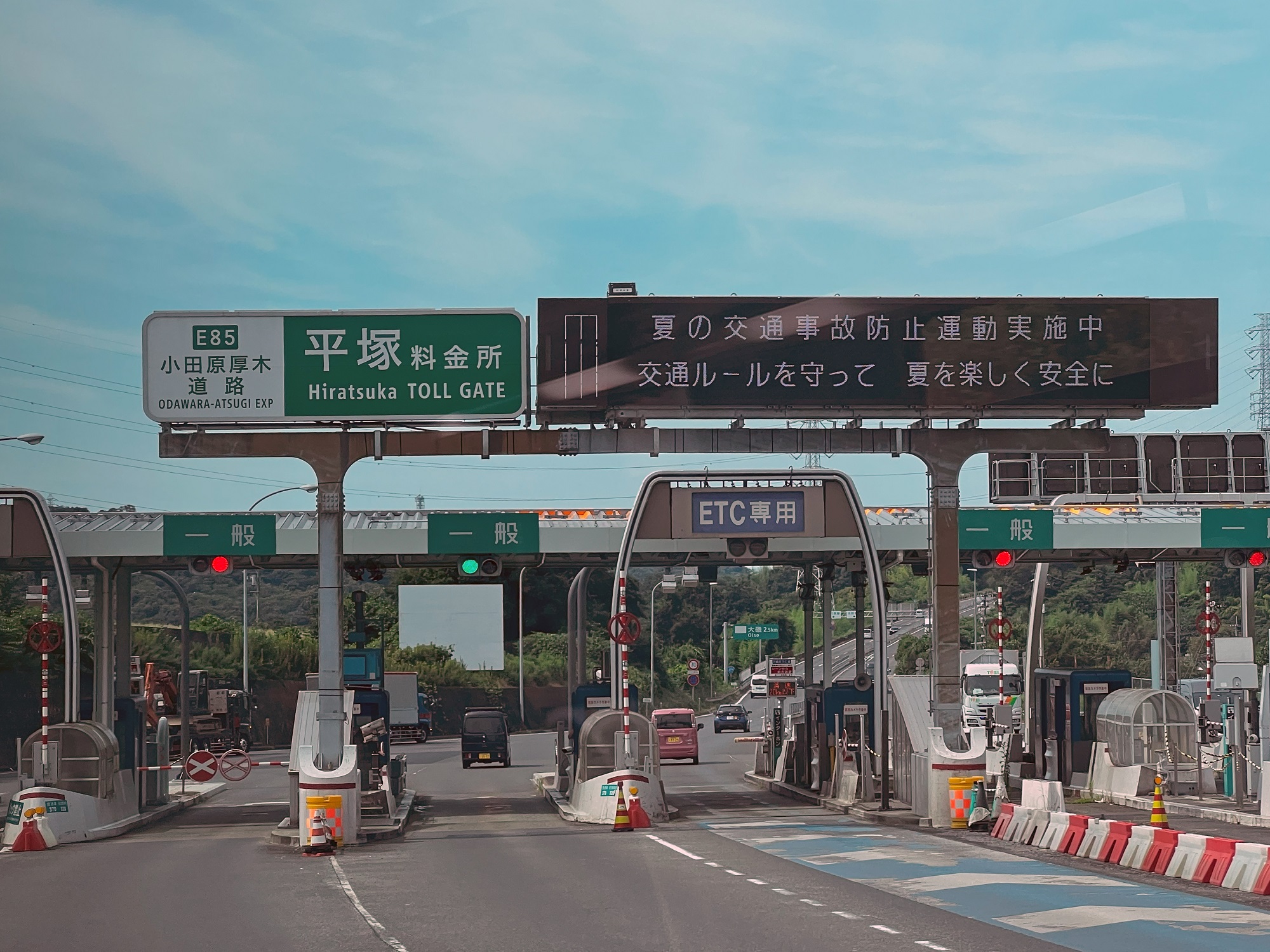
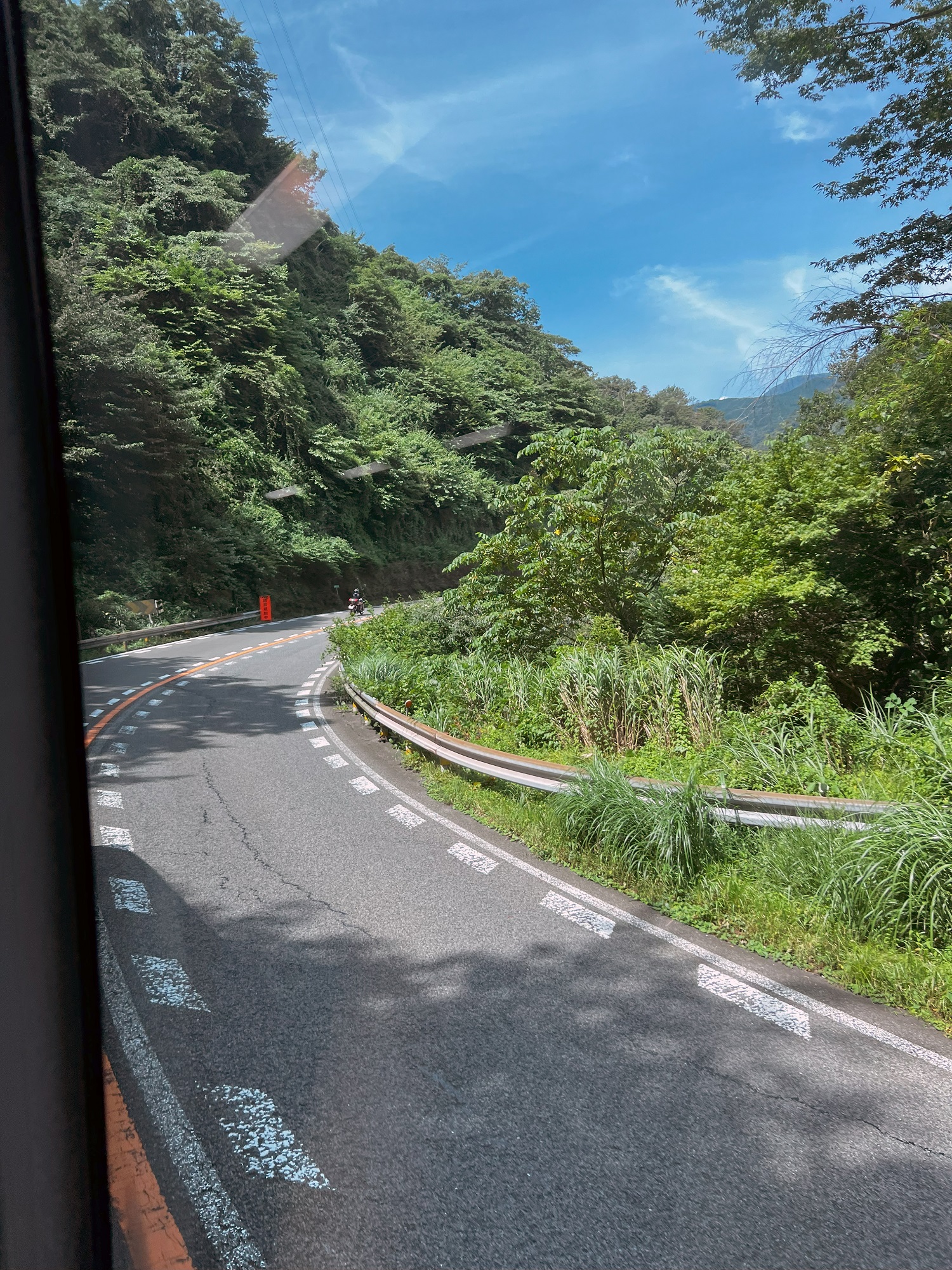
*A caldera is a large depression formed when a volcano erupts and collapses.
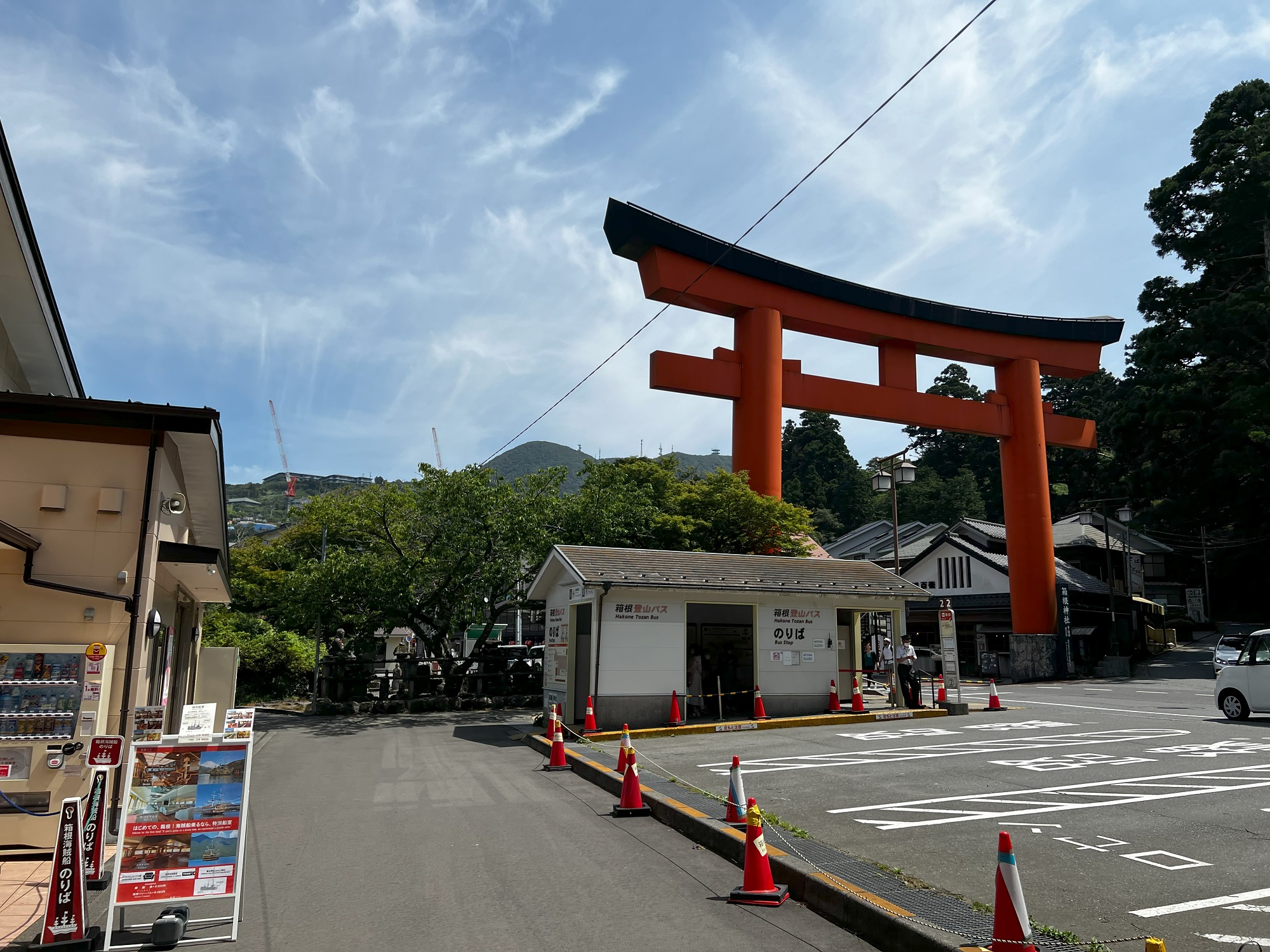
*Traditional Japanese gate most commonly found at the entrance of or within a Shinto shrine, where it symbolically marks the transition from the mundane to the sacred.

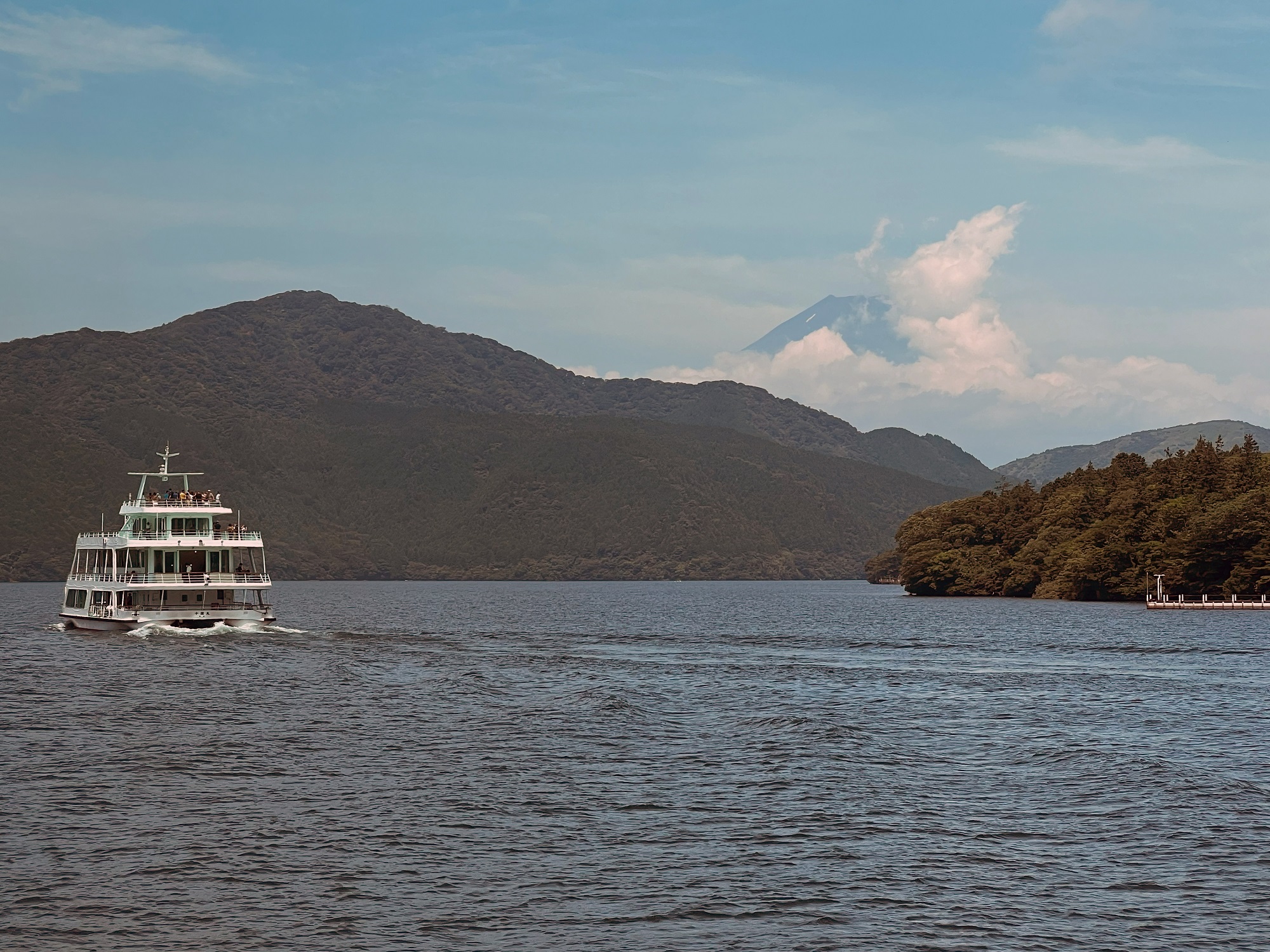
The elusive Mount Fuji peak can be seen behind the clouds. Mount Fuji is Japan’s tallest at 3 776 m (12,388 ft).
